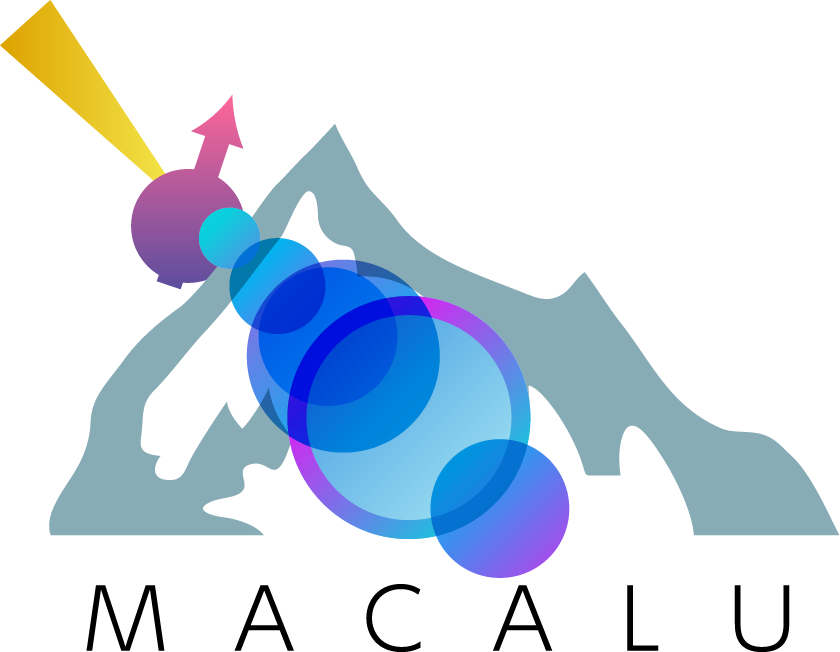About
Message from the Research Director

Naoya Shibata
The University of Tokyo
More than 400 years have already passed since human beings invented the microscope, a technique for observing the microscopic world. The exploration of microscopic world using microscopes has been the heart of science, which seeks to reveal the origin of things. Today, microscopes with the highest spatial resolution are electron microscopes. Electron microscopes, which use electrons as probes, were first developed in 1931. With the advent of aberration correction technologyat the end of the 20th century, their performance has improved dramatically and it is now possible to directly observe individual atoms. However, even the world's highest performance atomic resolution electron microscope is still 20 times worse than the theoretical performance, and the technology is still growing year by year.
On the other hand, electron microscopes have made direct observation of atoms possible, and I have long pursued the question, "What should be observable in the next stage?” I feel that there are too many important structures and phenomena that we have yet to observe. For example, bonding electrons connecting atoms to atoms, vibrations of individual atoms, electromagnetic fields generated around atoms and so on are still extremely difficult to observe with electron microscopes. However, in order to fundamentally understand the properties and functions of materials, it is necessary to visualize these still-unobserved structures and phenomena and to precisely elucidate the picture of the microscopic world.
This project aims to break through the limitations of the current atomic-resolution electron microscopy and to pioneer the world's first unexplored areas of science. We look forward to your continued support for our project.
Project overview
All matter and life are ultimately composed of atoms. Therefore, true understanding of the origins of material and biological functions needs to go back to atomic-scale structures and phenomena. Scanning transmission electron microscopy (STEM) has achieved a resolution smaller than the size of a single atom through the development of aberration correction technologies. In recent years, a magnetic field-free objective lens has been developed, and the observation of electromagnetic fields at the atomic scale has been finally achieved. In this project, we aim to establish "ultra-atomic resolution electron microscopy," which enables us to observe atomic-scale structures and phenomena in a wide temperature range from cryogenic to high temperature, and to directly "see" the origin of materials and biological functions. In this project, we aim to contribute to the development of science and technology for human society through cutting edge electron microscopy.
Research Groups(Leader)
①Method Development & Application (Naoya Shibata, The University of Tokyo)
Development of imaging methods and application to interfaces
②Equipment Development (Yuji Kohno, JEOL Ltd.)
Development of cryogenic stage and detector
③Cryogenic STEM (Masahide Kikkawa, The University of Tokyo)
Development of Cryogenic STEM and application to biology
④Quantum Thin Film Fabrication (Shinobu Ohya, The University of Tokyo)
Development of quantum devices and fabrication of model thin films
Project Nickname and Logo

Makalu is the world's fifth highest peak in the Himalayas, and its west face is located in the death zone and has not been climbed. The project is nicknamed MACALU (MAgnetic field-free Cryogenic Atomic resoLUtion electron microscope ), a reference to the challenging tasks that the top climbers have attempted and failed to accomplish. The logo, based on the motif of the rising sun from Makalu, represents the main goal of this project, which is to extract information on the magnetism of atoms by electron beams.
